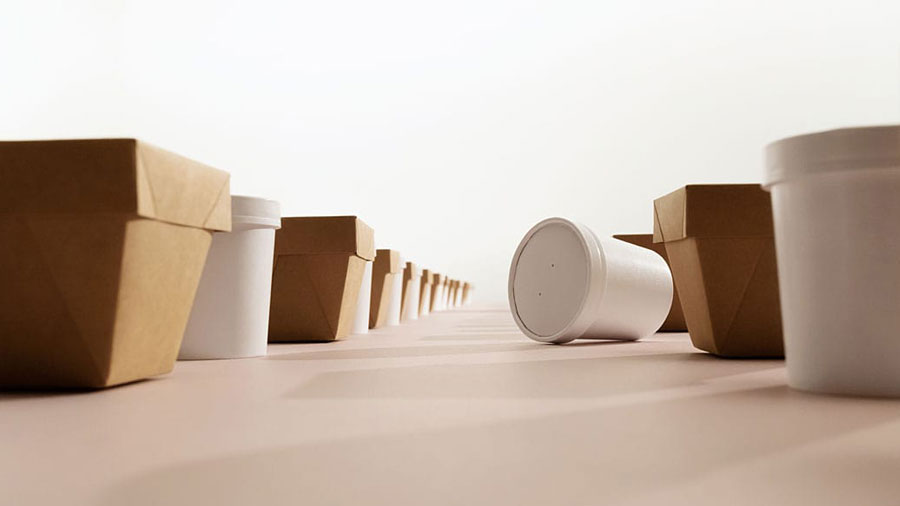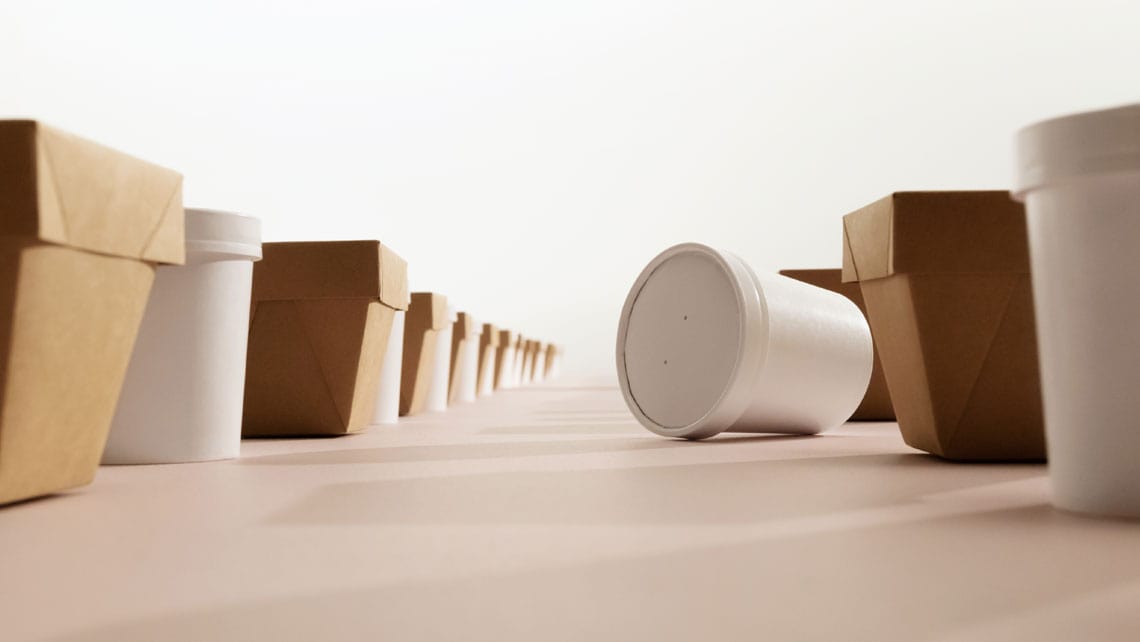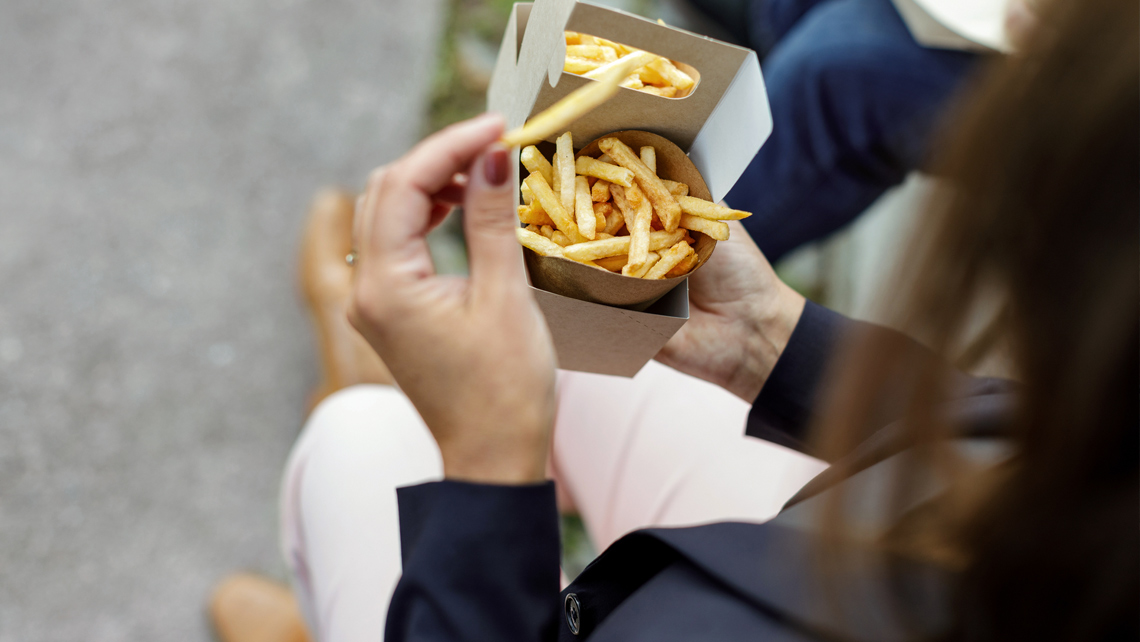“We want to use our chemistry expertise to help the packaging value chain find new solutions that facilitate recycling,” says Sami Puttonen, Senior Manager, Sizing & Surface Business Development at Kemira Pulp & Paper.
Kemira’s FennoGuard™ dispersion barrier technology helps replace extrusion coatings and fluorochemicals that are used in paper and board packaging materials to provide protection against grease, oil, moisture, and other substances, but make for poor end-product recyclability and cause safety concerns. “With our barrier coatings, paper and board manufacturers can produce higher-value end products on their existing machines and mill environment to meet the value chain’s demand for more sustainable packaging alternatives.”
But the right choice of barrier chemistry is not enough. To make the most out of dispersion barriers and to use the new technology optimally and sustainably, paper and board manufacturers need to look beyond the coating application.
“Dispersion barrier coatings at the paper mill environment impact the end-to-end papermaking process. In addition, every paper and board machine is unique and to be successful, you need to consider the whole process along the desired end-use properties.”
“We have unique know-how of papermaking applications, from pulping to coating. This enables us to support our customers in the creation of high-performing and cost-efficient dispersion barrier coated packaging material.”
In this article, Sami highlights some of the most important areas to focus on when introducing dispersion barriers to your mill.
How to ensure optimal barrier performance?
You can’t build a house on a poor foundation. The analogy applies: if your base paper or board quality is not what it should be, you cannot achieve the desired barrier performance. “The challenge is that dispersion barriers require different base paper properties than e.g. fluorochemicals, and this might come as a surprise to many packaging material producers,” Sami highlights.
The base paper properties are crucial as they can either make or break the performance of the dispersion barrier coating. “Of course, you need good barrier chemistry to begin with, but if you want to create an optimized dispersion barrier layer, you need to investigate also the end-to-end papermaking process and understand how the different phases impact barrier performance, all the way from furnish components to how the coating is applied and dried.”
If you want to create an optimized dispersion barrier layer, you need to understand how the end-to-end papermaking process impacts barrier performance, from furnish to coating.
For example, base paper properties such as surface properties and hydrophobicity provide multiple opportunities to optimize barrier performance. A well-formed base sheet with proper smoothness and surface structure makes it possible to apply a uniform and pinhole-free coating film on the paper or board, a prerequisite for a high-performing and cost-efficient barrier. By optimizing the base paper, you can also reduce the amount of coating needed. Optimization can start all the way from adjusting the fiber properties by e.g. refining.
Kemira’s barriers are based on an open formula, which further helps papermakers to meet different end use demands. “The barrier chemistry’s compatibility with other coating components such as pigments already in use at the mill makes it possible to tailor the coating formulation to ensure performance and coater runnability at that specific mill.”
How to ensure effective reuse of fiber raw material?
The recyclability of fiber-based packaging is highly dependent on the used barrier technologies. That’s why repulping properties have been one Kemira’s key focus areas from the start in the development of our barrier technologies. “Easy repulpability and efficient fiber recovery are paramount, both to enable the mill-level raw material circulation and to meet the packaging value chain’s demand for recyclable packaging,” states Sami.
In a recent Kemira study, packaging board that was coated with FennoGuard proved to be the easiest to repulp when compared to some other commercially available dispersion barrier coatings. In addition, the repulped FennoGuard-coated materials had very low reject rates from the paper machine broke system, ranging from 0% to 1.7%, whereas the other tested coatings had reject rates as high as 14%.
“Some of the dispersion barrier coatings even disintegrated more poorly than extrusion coated boards. Low reject rate helps minimize the amount of material that goes to secondary end uses, e.g. combustion and maximize the amount of material that is cost-efficiently and sustainably recirculated back in the papermaking process.”
You can learn more about the repulpability of barrier-coated boards and the study by watching our on-demand webinar.




